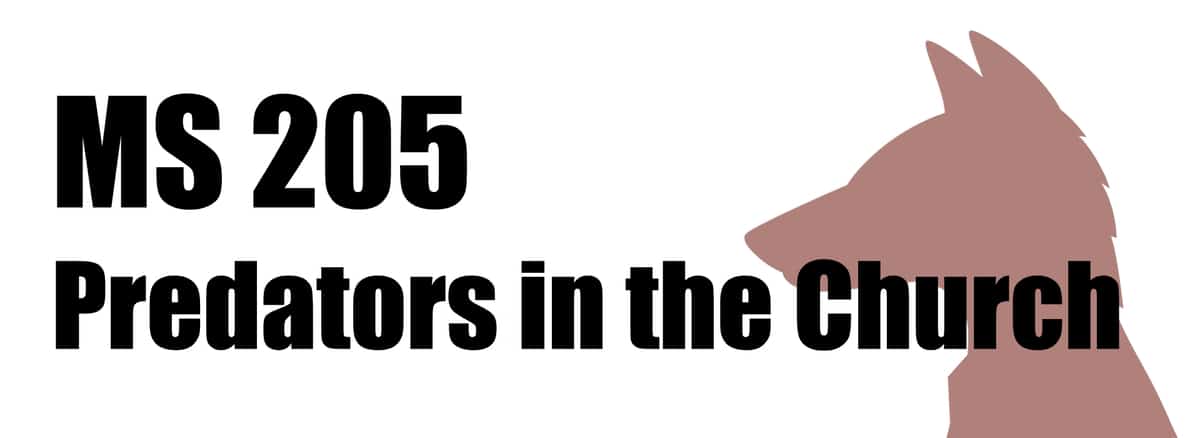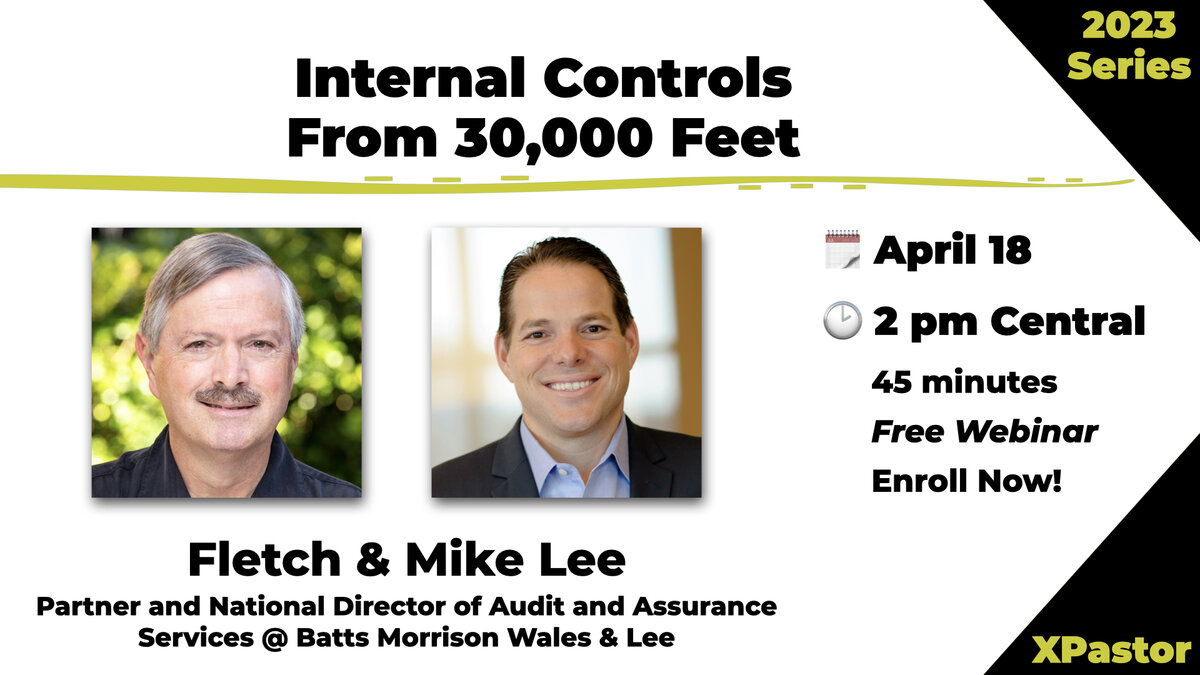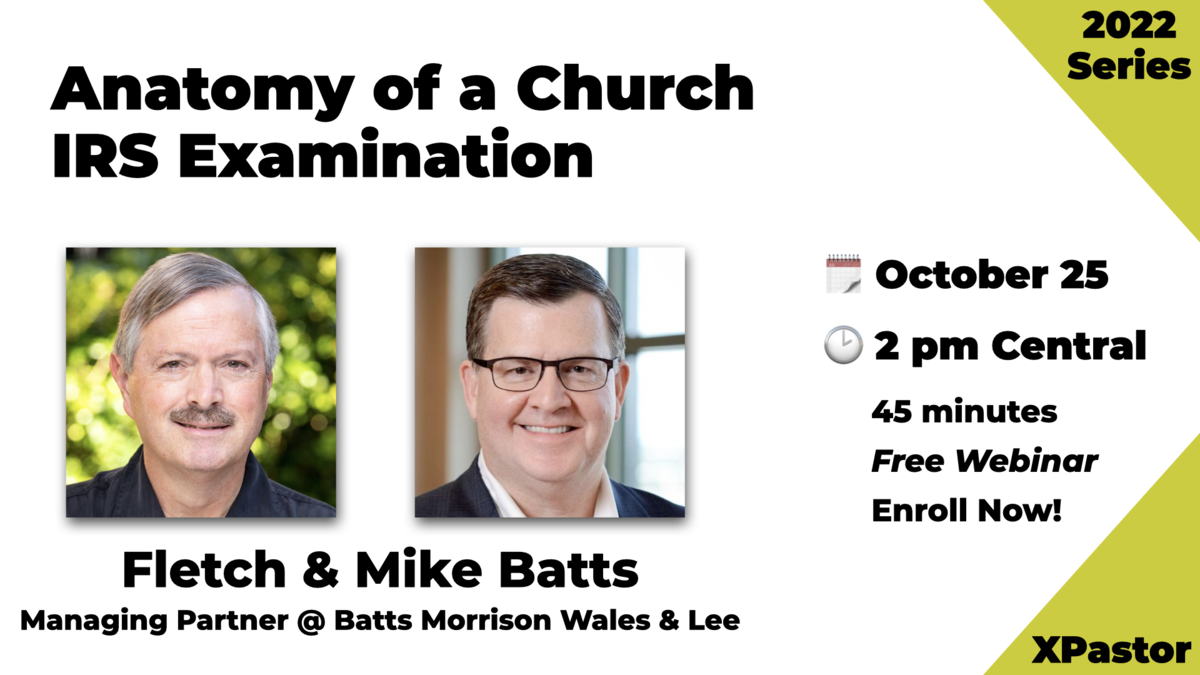The Evangelical Council for Financial Accountability has a downloadable PDF detailing what to do when fraud is discovered.1 When a church discovers embezzlement within the ministry, the following issues should be considered with the assistance of professional advisors:
- Identify the amount of the loss. While it may not be possible to identify the exact amount embezzled, the church should perform adequate due diligence in this area, even if this takes weeks or months. If the ministry does not have staff with the knowledge and experience to assess the loss, it may be appropriate to engage a Certified Public Accountant (or an in-country accountant if the embezzlement occurred internationally) or forensic expert to perform a specific audit of the loss. This differs from a full audit. The independent accountant should document the amount of loss and how it occurred. The church board has a fiduciary responsibility for all funds, and part of this fiduciary responsibility is to document losses in the case of embezzlement.
- Review policies and procedures. After the method of embezzlement is documented, a determination should be made concerning any inadequacies in existing fraud-prevention policies and procedures. The review should include internal policies and procedures (such as check-signing authority, cash handling procedures, depositing of funds, approval of disbursements, etc.) and external controls (this may include an internal audit and an external audit by a CPA or in- country accountant). Changes should be made immediately to policies and procedures, as may be appropriate.
- Insurance coverage. Determine if the church has any insurance to cover the loss. If so, the question of legal action may be in the hands of the insurance carrier.
- Restoration of funds. If there is no insurance to cover the loss, determine whether or not the church can recoup any or all of the loss, and decide how to accomplish the recovery. Individuals who embezzle money usually have little, if any, of the embezzled money still in their possession (although they may have some assets that were purchased with the embezzled funds or with other funds). In other words, those who embezzle tend to spend the money as they go. However, under the threat of legal action, most embezzlers will agree to enter into a repayment agreement over several years, and sometimes will sell certain assets to repay the amount owed.
- Public relations. Determine if the church will make a public statement concerning the embezzlement. Some churches will prepare a carefully worded public statement but will not release the statement unless the matter gets into the media. If it becomes necessary for the church to publicly comment on the matter, the use of a public statement will prevent various versions from being issued by board members or others representing the church.
- Reporting responsibilities. If the embezzlement involves the lead or executive pastor, or certain other key officials, the church should seek knowledgeable legal or tax counsel to assess potential liability under the intermediate sanction rules prohibiting excess benefit transactions. Failure to report properly may subject the church, its board, and the individual to significant tax penalties and repayment requirements even beyond the amount embezzled. This constitutes a contingent liability.
See: Evangelical Council for Financial Accountability, Embezzlement of Funds (Winchester, VA: ECFA) available from http://www.ecfa.org/Content/Embezzlement-of-Funds. Used with permission.










